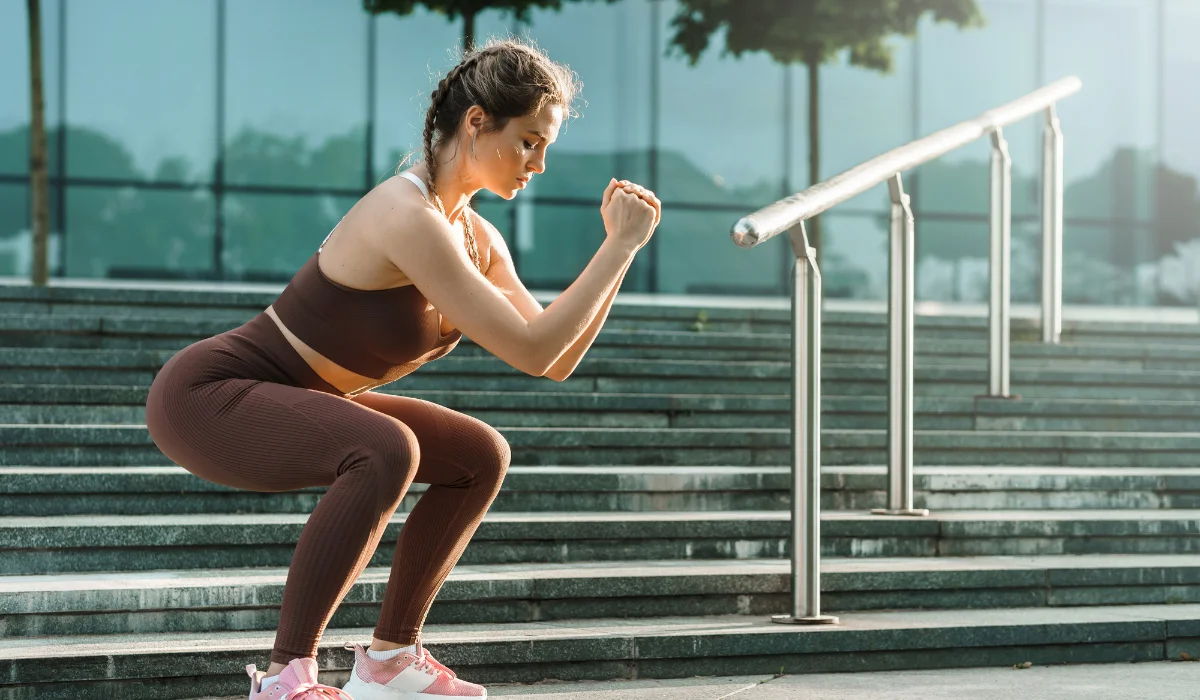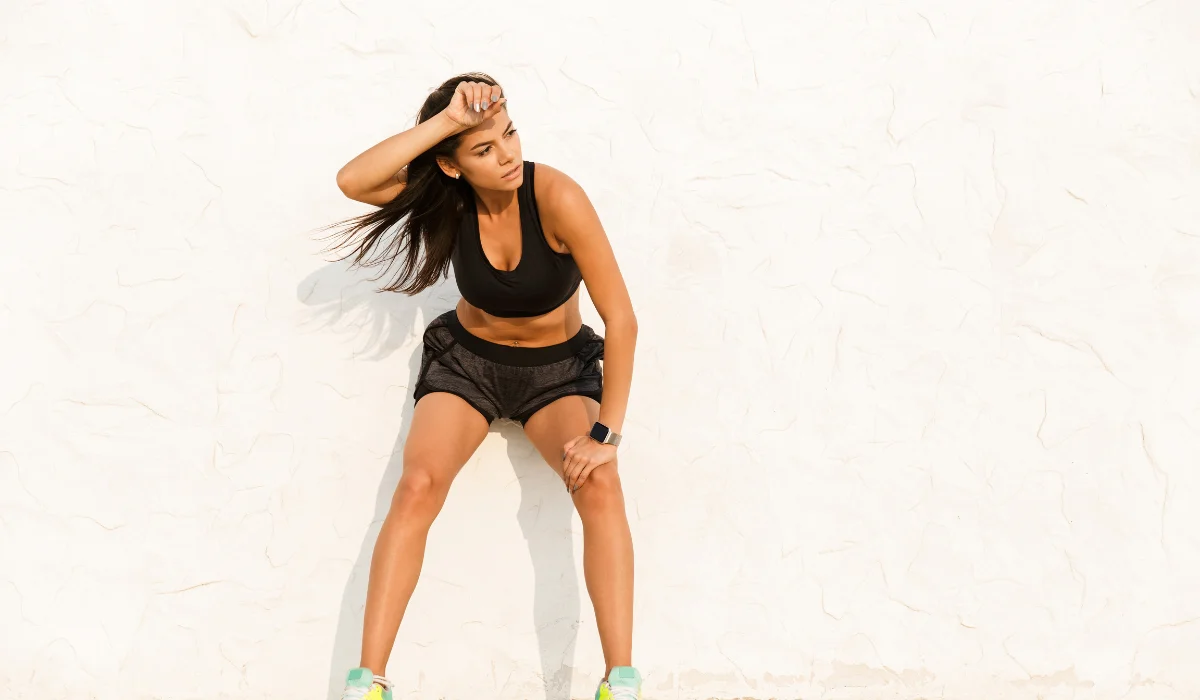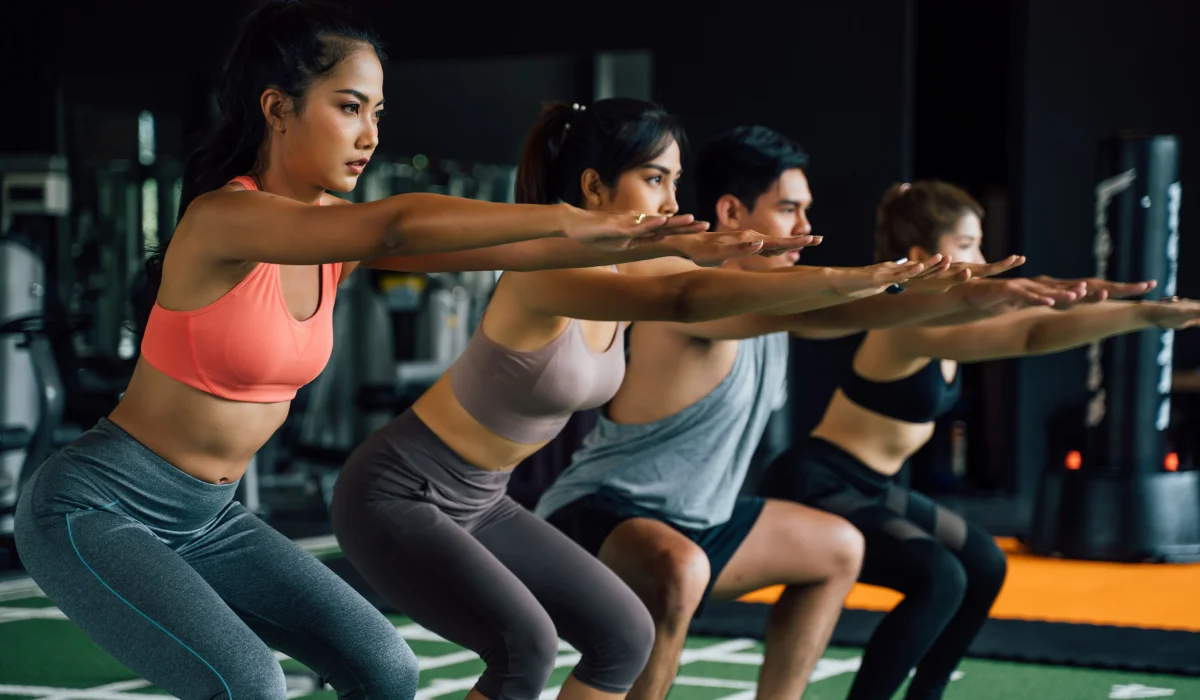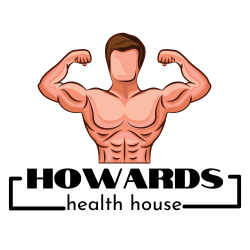Why is it Hard to Stand up After Squatting: What to Know

Squatting is one of the most commonly recommended exercises for improving overall health and fitness. However, many people struggle with the task of simply standing back up after a squatting session. There are several factors that can make it difficult to stand up again after squatting, ranging from physical issues to psychological roadblocks. In this article, we will discuss some of the common reasons why it is hard for people to stand up after squatting and how to address them.
Overview of Squatting
Squatting is a form of physical exercise that involves lowering the body down into a squatting position and then standing back up. It is an important exercise for strengthening the legs, hips, and core muscles. Squatting can be done with or without weights, depending on the individual’s fitness level. When done correctly, it can help improve balance, posture, and flexibility.
Squats are one of the most basic exercises for strength training. They target multiple muscle groups at once, which makes them highly effective for building muscle mass and increasing overall strength. Squats also help to build endurance because they require more energy than other exercises. Additionally, squats can help reduce lower back pain by strengthening the core muscles in the lower body.
Benefits of Squatting
Squatting is a great exercise that can benefit your body in many ways. It helps improve your strength and flexibility, as well as your overall balance. Squatting helps to strengthen the muscles in the lower body, including your glutes, quads, hamstrings, calves, and core. This can help you increase your power and speed when running or jumping.
Squatting also works to improve posture and reduce the risk of injury from activities such as running or lifting weights. When squatting correctly with good form, it can help to build stability in the spine and hips which can help protect against common injuries like back pain or hip pain.
Finally, squatting increases cardiovascular endurance which can help you stay healthier overall by improving circulation and breathing. It’s also an effective way to burn calories and lose weight if done regularly enough – making it a great addition to any workout routine!
Read more about turinabol dosage
Why is it Hard to Stand up After Squatting?
Squatting is a great exercise for strengthening and toning the muscles in your legs. However, it can be difficult to stand up after squatting due to a few factors.

Physical Causes
The primary reason why is it hard to stand up after squatting of this difficulty is that when you squat, your leg muscles become fatigued from the intense contraction they experience while holding the position. This fatigue makes it harder to control your movements when you attempt to stand up, resulting in an awkward or unbalanced movement pattern. Additionally, the pressure on your knees and ankles can make it difficult to straighten your legs enough to stand up without assistance.
To help alleviate some of this difficulty, it’s important to focus on proper form when squatting. Make sure you keep your back straight and chest up as you lower into the squat and maintain a slow and controlled movement as you rise out of the position. Additionally, stretching before and after squats can help reduce muscle tension and improve flexibility which can make standing up easier.
Emotional Causes
Squatting is a great exercise for strengthening the muscles in your lower body, however, it can be difficult to stand back up afterward. This difficulty is due to several emotional causes.
The first cause is fear of injury. When you squat and then attempt to stand back up, you are putting a lot of pressure on your legs and joints. If you have ever experienced an injury while squatting before, this fear can make it hard for you to trust your body enough to stand up easily.
Another emotional cause of difficulty standing after squatting is simply fatigue. Squatting requires a lot of energy and strength, so if you are feeling tired or weak then it can be harder to get back up again.
Environmental Causes
There are several environmental causes why is it hard to stand up after squatting.
Slippery floors can be a major obstacle when trying to stand up after squatting. Whether it’s due to sweat, water, or other liquids, slippery surfaces can make it harder to gain the traction needed to get back on your feet. Uneven surfaces can also make it difficult to stand up from a deep squat. If the floor is uneven, you may not have enough support or stability in order to push yourself back up into a standing position.
Read more about trenbolone acetate for sale
Mental Causes
Squatting is a difficult exercise to perform correctly and can be taxing on the body. It requires strength, balance, and coordination, all of anavar for women which can be affected by a lack of confidence or insecurity. When someone lacks confidence or feels insecure about their physical abilities, it can be difficult for them to stand up after squatting because they are afraid of not being able to do it properly or not being able to do it at all.
This fear can lead to self-doubt and hesitation when performing the exercise, which will make it harder for them to stand up after squatting. Additionally, a lack of confidence or insecurity can cause people to focus too much on their perceived weaknesses rather than their strengths, leading them to become overwhelmed with negative thoughts that prevent them from completing the exercise successfully.
Social Causes
It can be difficult to stand up after squatting for a few reasons. First, depending on how low you’ve squatted and how long you’ve held the position, your muscles may start to feel fatigued and weak. This can make it hard to push yourself back up into a standing position. Second, if you’re not used to squatting or not having good balance, it can be tricky to get yourself back upright again without losing your footing or toppling over. Finally, if the area around you is crowded or there are obstacles in the way (like furniture or other people), it may be difficult to find enough space to maneuver yourself back up into a standing position without bumping into something.
Read more about primo steroid
Body Mechanics Involved
The squat is a foundational movement in strength training, and mastering the body mechanics involved is essential for proper form and avoiding injury. Proper squatting involves keeping your feet roughly shoulder-width apart and toes pointed slightly outward. As you lower yourself down, keep your chest up, your back straight, and your knees tracking over the toes. You should be able to look up throughout the entire motion. When you reach the bottom of the squat (known as ‘the hole’), pause for a moment before pushing back up through your heels to return to the standing position.
During this exercise, it’s important to maintain tension in your core muscles by squeezing your abs and glutes throughout the entire range of motion. This will help protect your spine from any undue strain during the movement. Additionally, make sure to exhale at the top of each rep to help stabilize your torso and keep pressure off of your lower back.
Exercise Tips to Improve Technique
The most important tip for improving your squat technique is to maintain proper form throughout the exercise.
- Start by standing with your feet shoulder-width apart and toes slightly pointed outward. Keep your chest up, shoulders back, and core engaged throughout the movement.
- As you lower down into the squat, make sure your knees are tracking over your toes and that you’re not allowing them to collapse inward.
- When you reach the bottom of the squat, pause for a moment before pushing through your heels to return to the starting position. This helps ensure that you’re using the correct form and activating the right muscles rather than relying on momentum or other compensations.
- Finally, focus on making small adjustments each time you perform squats to help improve your technique over time. Listen to feedback from a trainer or coach if available, and practice in front of a mirror if possible so that you can monitor how your body is moving during each rep.
Stretches for Mobility and Flexibility
Squatting is a great way to improve mobility and flexibility in your legs, hips, and lower back. It can also help strengthen the muscles of the core and improve balance.
- To begin, start by standing with your feet AntiEstrogens slightly wider than shoulder-width apart.
- Then bend your knees and lower your body down until your thighs are parallel to the ground. Keep your chest up and back straight as you squat down.
- Hold this position for 30 seconds to 1 minute, then stand back up. You can repeat this several times for a more intense stretch.
Once you have mastered basic squats, there are many variations that you can try to increase the intensity of the stretch. For example, you can add a pause at the bottom of each squat or hold weights in both hands for added resistance. You can also try wall squats or single-leg squats to really challenge yourself and work on improving balance and stability.

Conclusion: Taking Care of Your Body
Squatting is a great exercise for building strength and flexibility. It can help improve your posture, balance, and stability. Additionally, it can help to strengthen your core muscles, which are essential for overall health and fitness.
When performing squats, it is important to ensure that you are using the proper form and technique. This will help to reduce the risk of injury and ensure that you are getting the most out of the exercise. Additionally, it is important to warm up before performing squats as well as cool down afterward in order to prevent muscle strain or injury.
Overall, squatting is a great exercise for improving your overall fitness level and taking care of your body. With proper form and technique, you can get the most out of this exercise while also reducing the risk of injury.
Tags: Benefits of Squatting, physical exercise, Squatting
